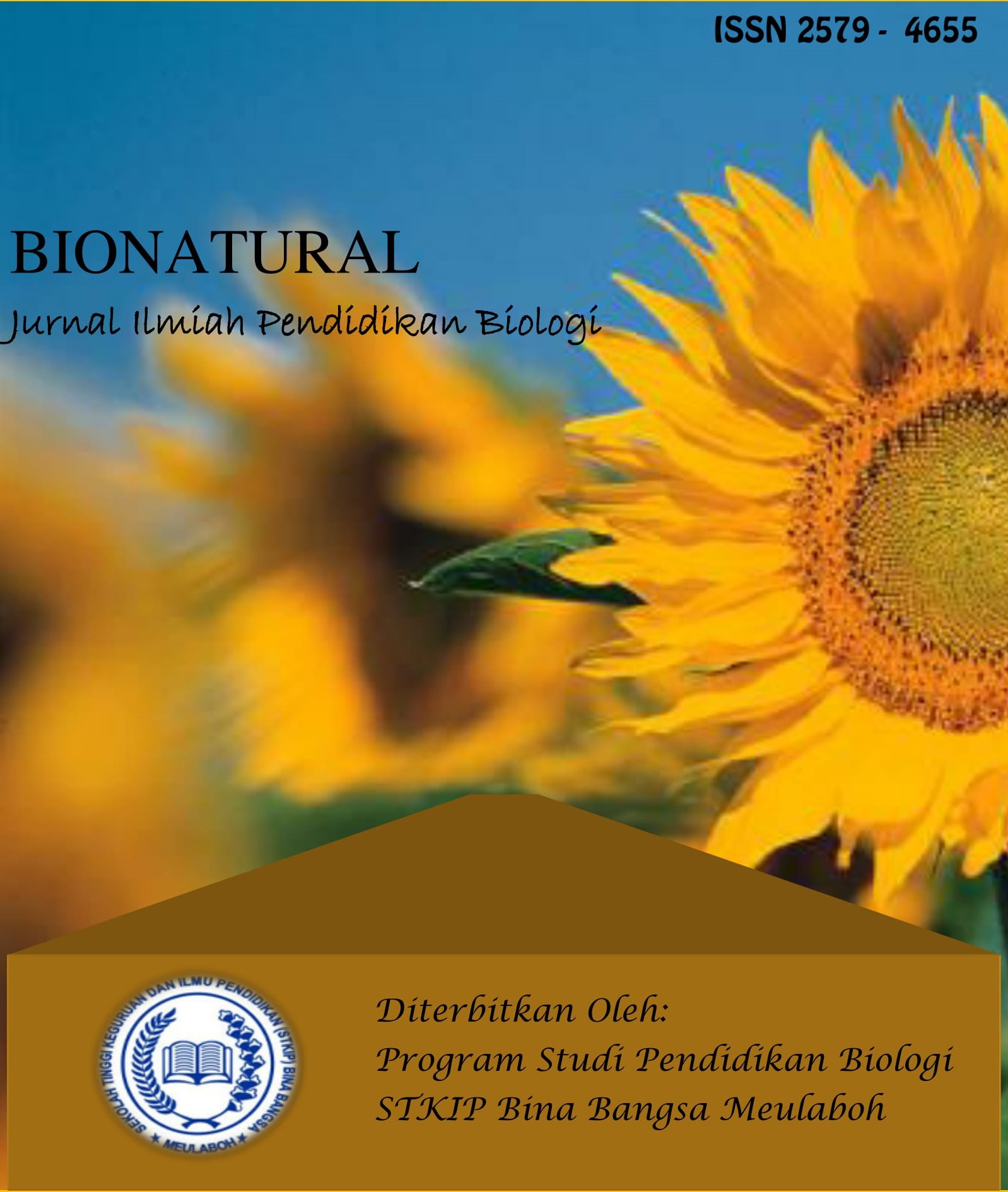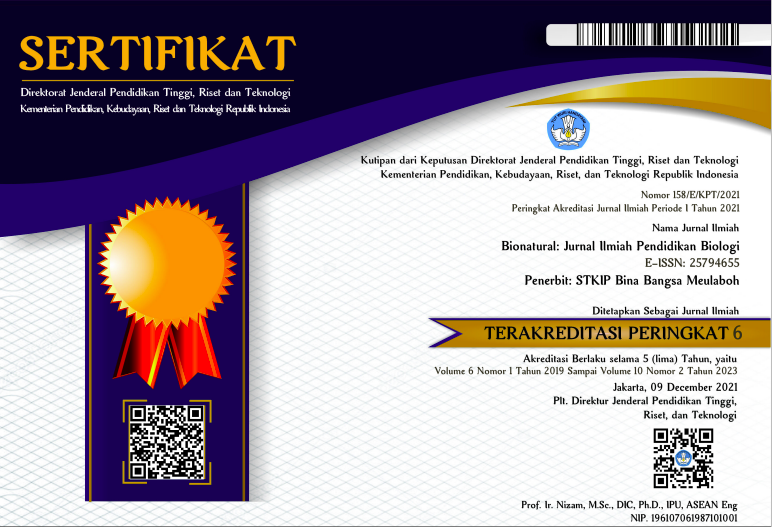EFEKTIVITAS INSEKTISIDA SPINOTERAM DAN IMIDAKLOPRID DALAM MENGENDALIKAN HAMA DAN PENGARUHNYA TERHADAP NILAI PRODUKSI TANAMAN KENTANG (Solanum tuberosum L.)
Keywords:
effectiveness, insecticides, pests, potatoesAbstract
Potatoes (Solanum tuberosum L.) come from cold climates (Netherlands and Germany). The first time potatoes were brought to Indonesia by the Dutch since before World War II. Potatoes are not a staple food for Indonesians, but the demand for potatoes is increasing from year to year due to the increasing population, the standard of livingwith imidakloprid perlakuan, and three with control. Everybody receives a perlakuan on the spinoteram and imidakloprid sampels. People are increasing and the preference for consuming foods whose raw materials come from potatoes is increasing. This study aims to determine the effectiveness of insecticides with active ingredients spinoteram and imidacloprid in controlling pests and the effect of insecticides on potato crop production (Solanum Tuberosum L.) This study used 9 samples of potato plants, as for the 9 samples, namely 3 . Spinoteram and imidacloprid samples were each treated with 0.5 mL/1L of water, samples were treated once a week and observed every Monday, Wednesday and Friday. Plants that were not given insecticide treatment experienced a decrease in potato production, while plants that were treated with insecticides had more potato tubers than treatment control plants. The results showed that the highest pest population reached 15 before insecticide treatment with the active ingredient imidacloprid, but after being given pepticide the number of pests decreased to 4. In plants that before spinoteram treatment the pest population reached 15 and after treatment, the pest population decreased to 9. samples with spinoteram treatment, 3 samples with imidacloprid treatment and 3 control samples.






